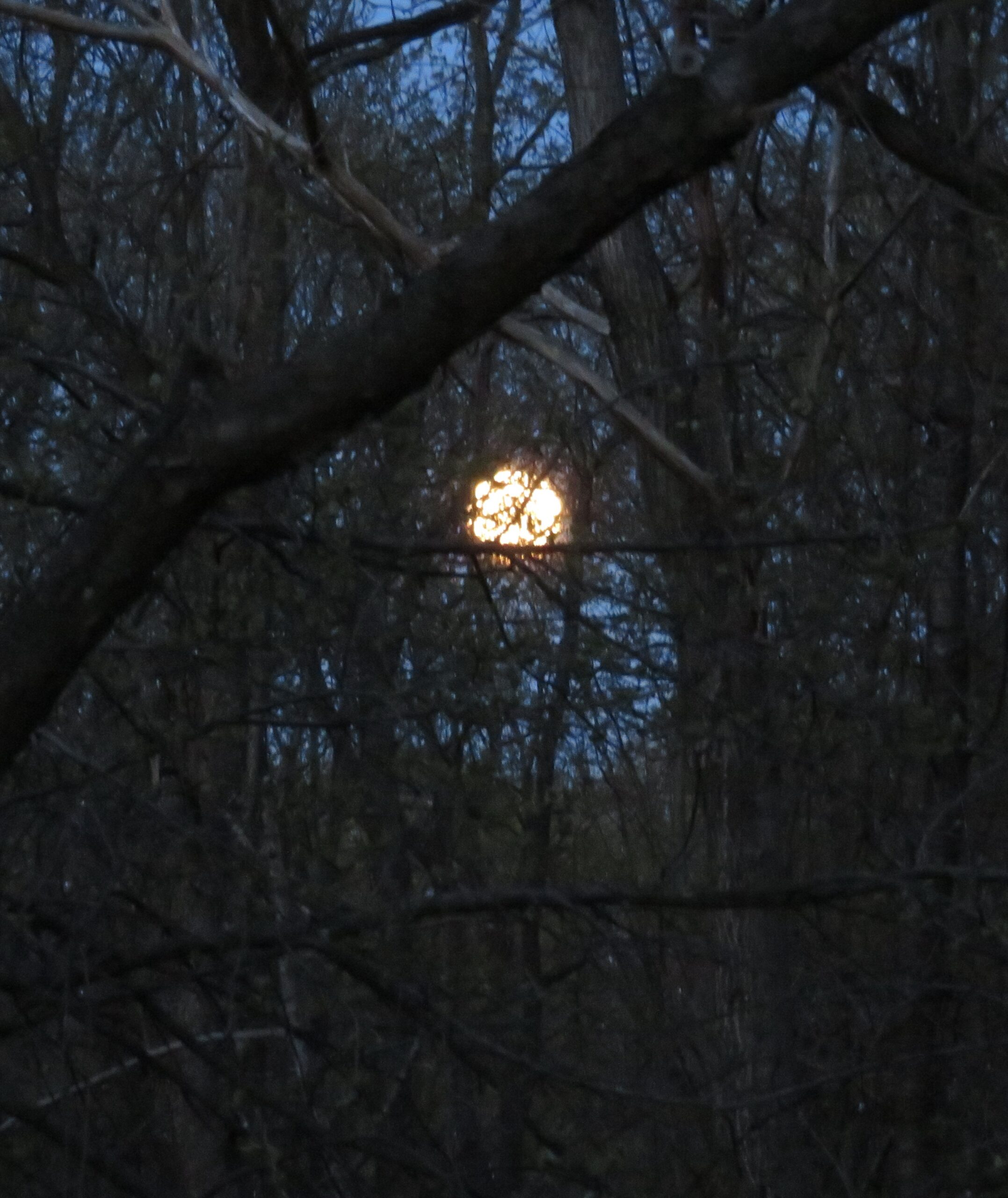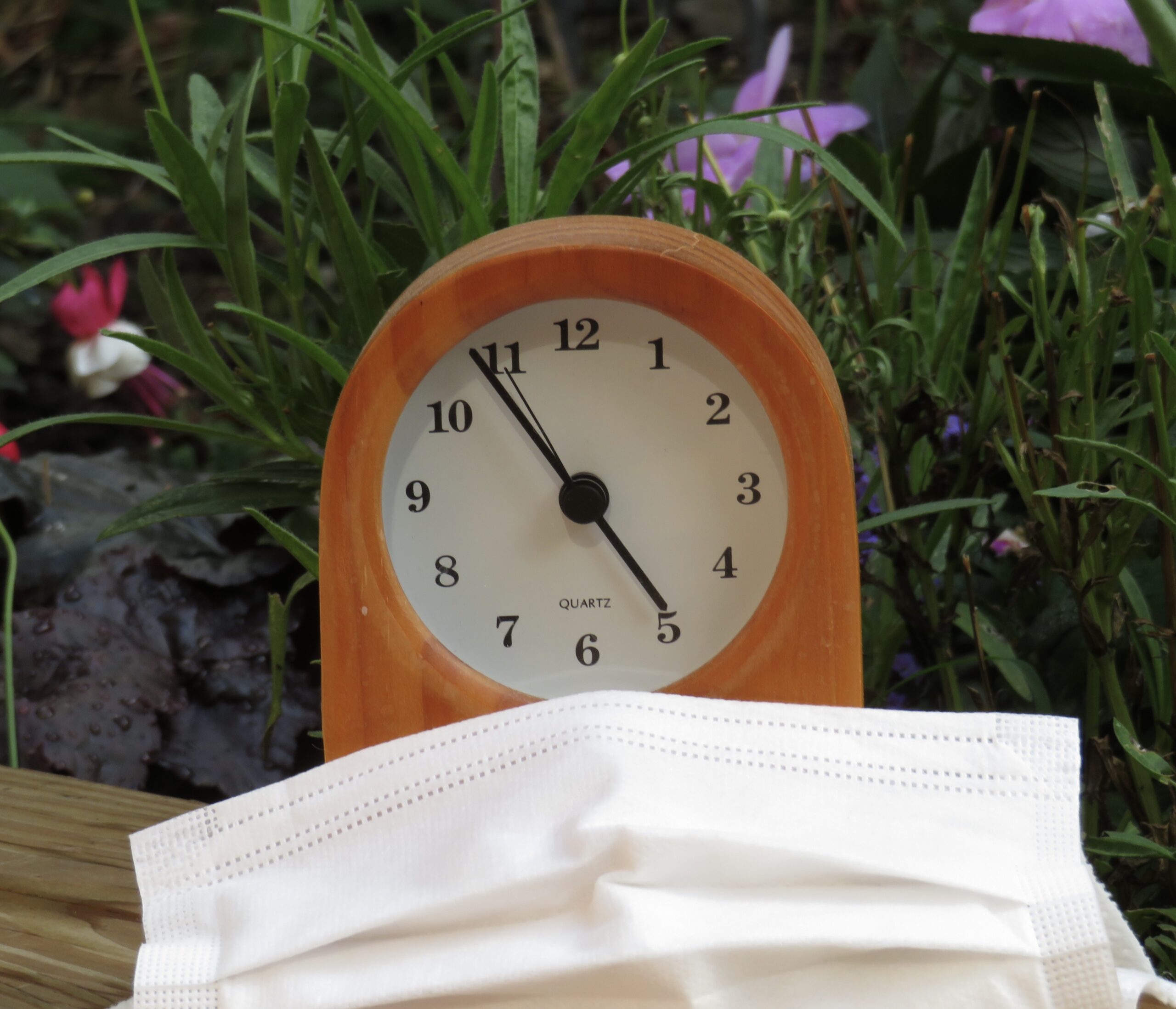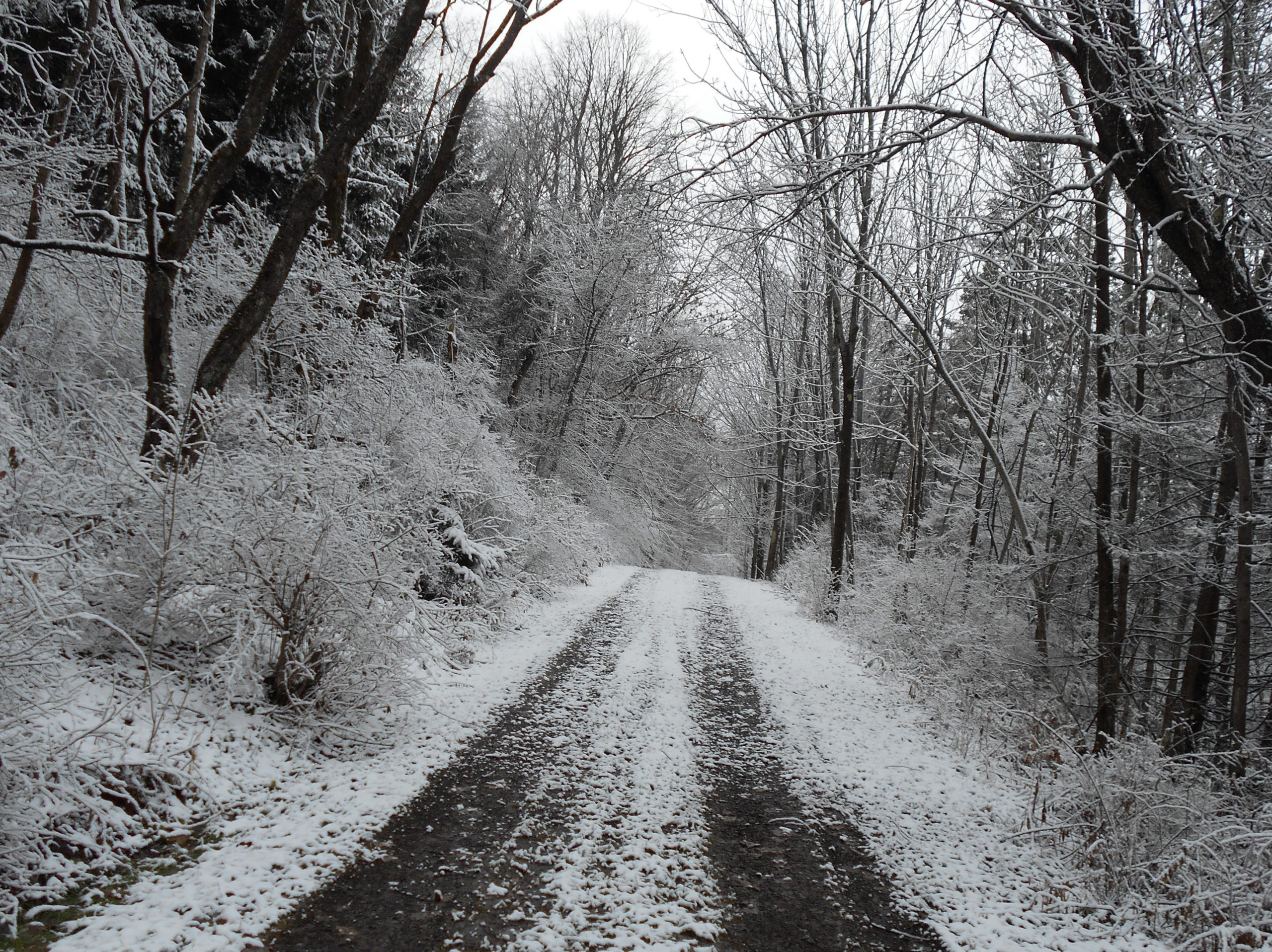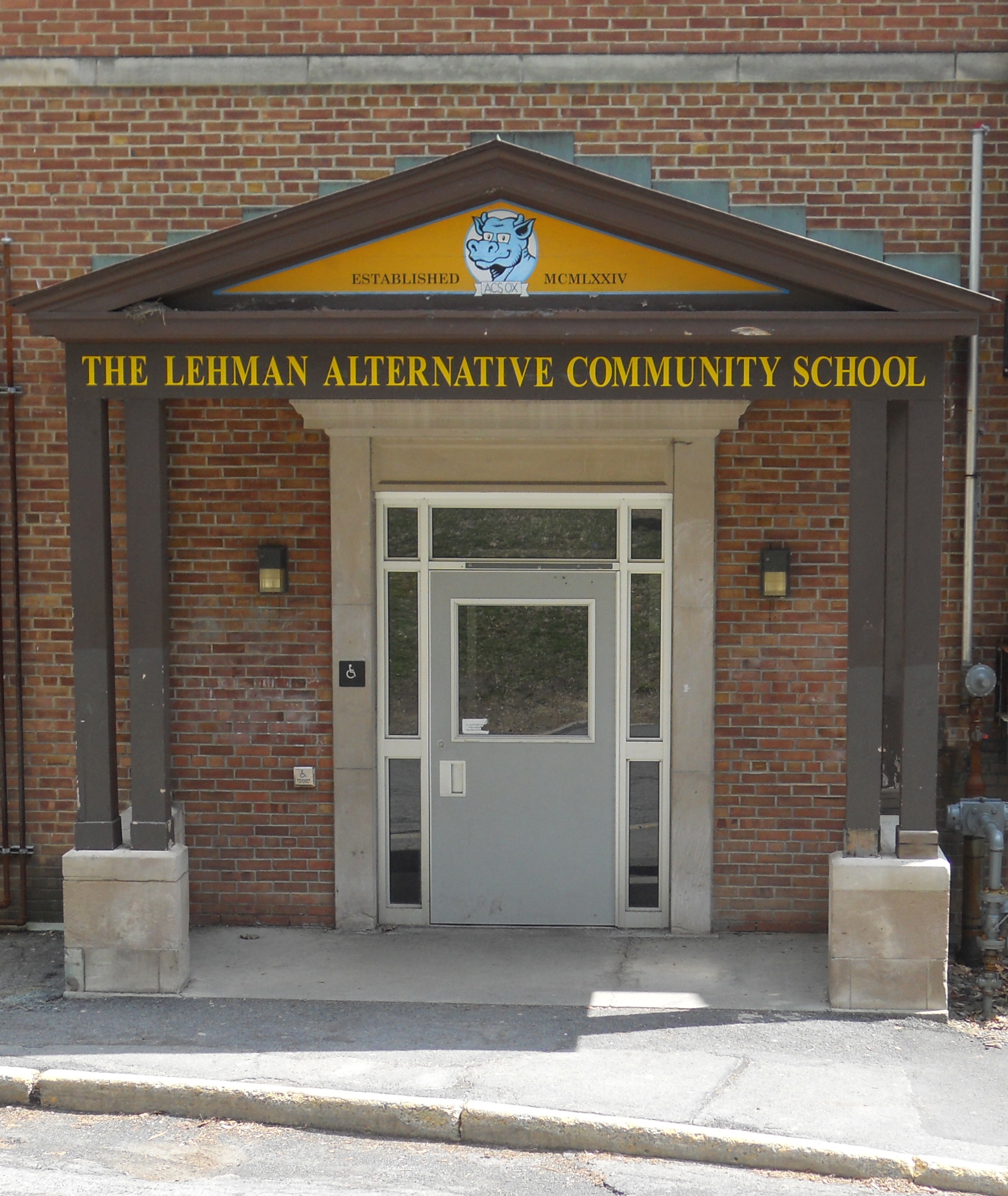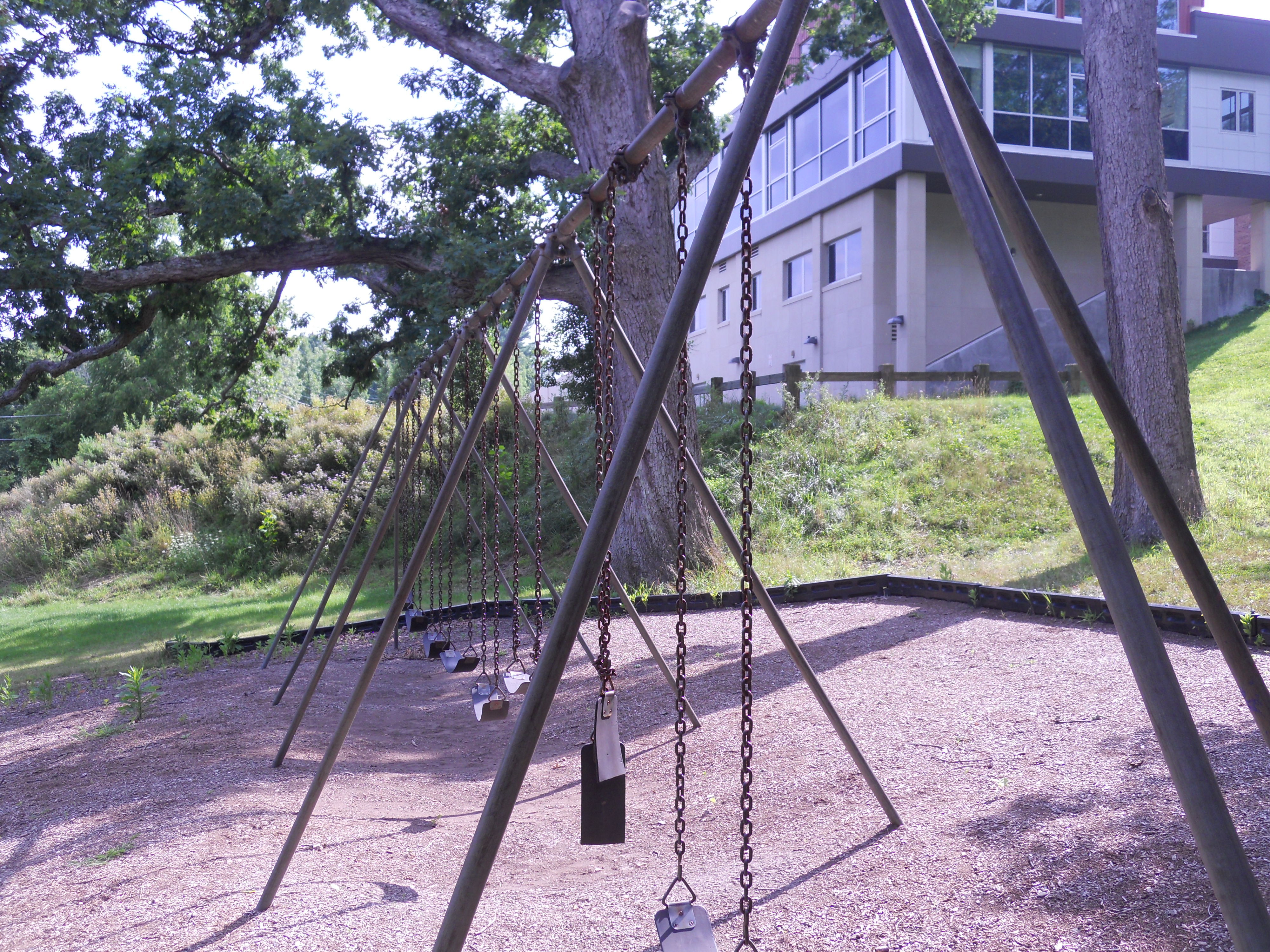Over the last two weeks, I’ve been having a new kind of dream, or one that’s new for me; one that clearly changes its plot over a night but not its trajectory or theme.
The first one I remember occurred last week. It involved being asked to come back to the alternative secondary school where I taught for 27 years and teach one of my old classes. Maybe there was a shortage of teachers, or one would be out sick for a while. In one version, it was a philosophy course called Questions. In another, it was a history course, The Historical Development of Human Ideas.
The first course, Questions, was just that. It was built around what the students and I chose as the deepest questions in our lives. It always started with different versions of the same question: How do we face death? It always ended with what is an ethical life. In between, it could be about love, meaning, reality and truth. Or do we have free will, and what is mind?
The history class began by asking who are we? What, if anything, can we say is characteristic of us humans? And what are the biggest problems you are concerned about in the world today? We spent the first and second day analyzing which of these problems are most basic and underlie the others. Then, the rest of the year, answering: from the ancient beginnings of humanity, what do you think are the roots of these problems? The final exam would be following a strand through pre-history and history of how that problem changed and developed.
But in the dream, I questioned whether I knew enough to teach the history, or either course. Not only because so much of what we know about human history and pre-history has changed over the years, or been clarified. But because we, human society, has changed so much since I retired in 2012. The students are now in a far different place and are suffering so much. We’ve been facing the threats of DJT and covid and more clearly recognize the threat posed by the climate emergency.
We’ve gone through so many assaults on public education since President Reagan; but lately even more so, on what books can be allowed in a school library, and what courses can be taught. Whether the most accurate information on who we are as a species and who we are as a nation could be shared with students.
One question that was often asked by students then was: what are the roots of racism, sexism, antisemitism, etc.? That question is now outlawed in some states. Maybe the asking of all real, sincere questions will be outlawed next.
There’s been so much trauma over the last 6 or 7 years. Could the philosophy course even ask about death when we’ve seen so much violence and death? Or would it be even more important? In history class, would the teaching of the roots of hate be allowed? And what new questions would students have? One of the most frequently asked questions back then was How has our relationship to the environment changed over the years? And would the question today be, can we survive?
The more recent dream was even more dramatic….
*To read the whole piece, please go to The Good Men Project.

